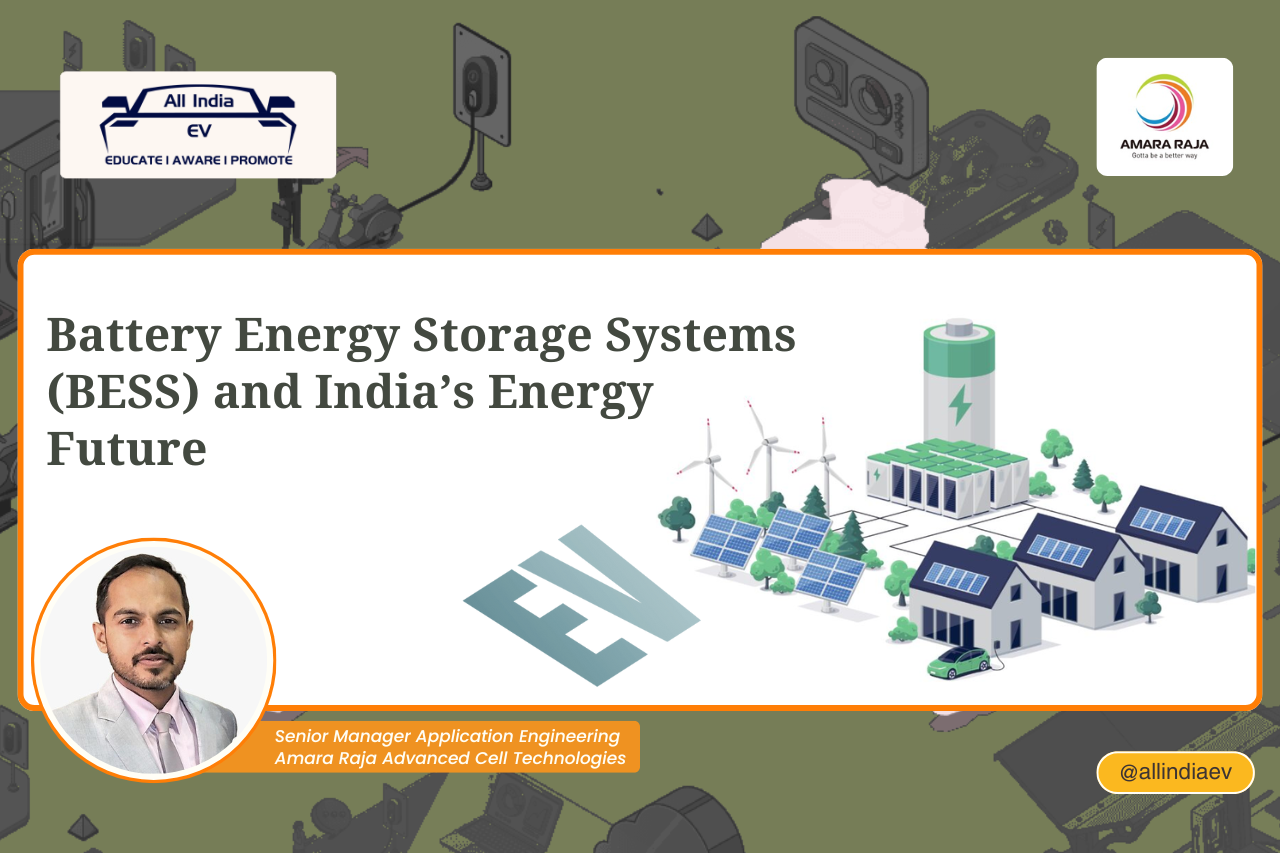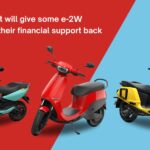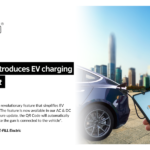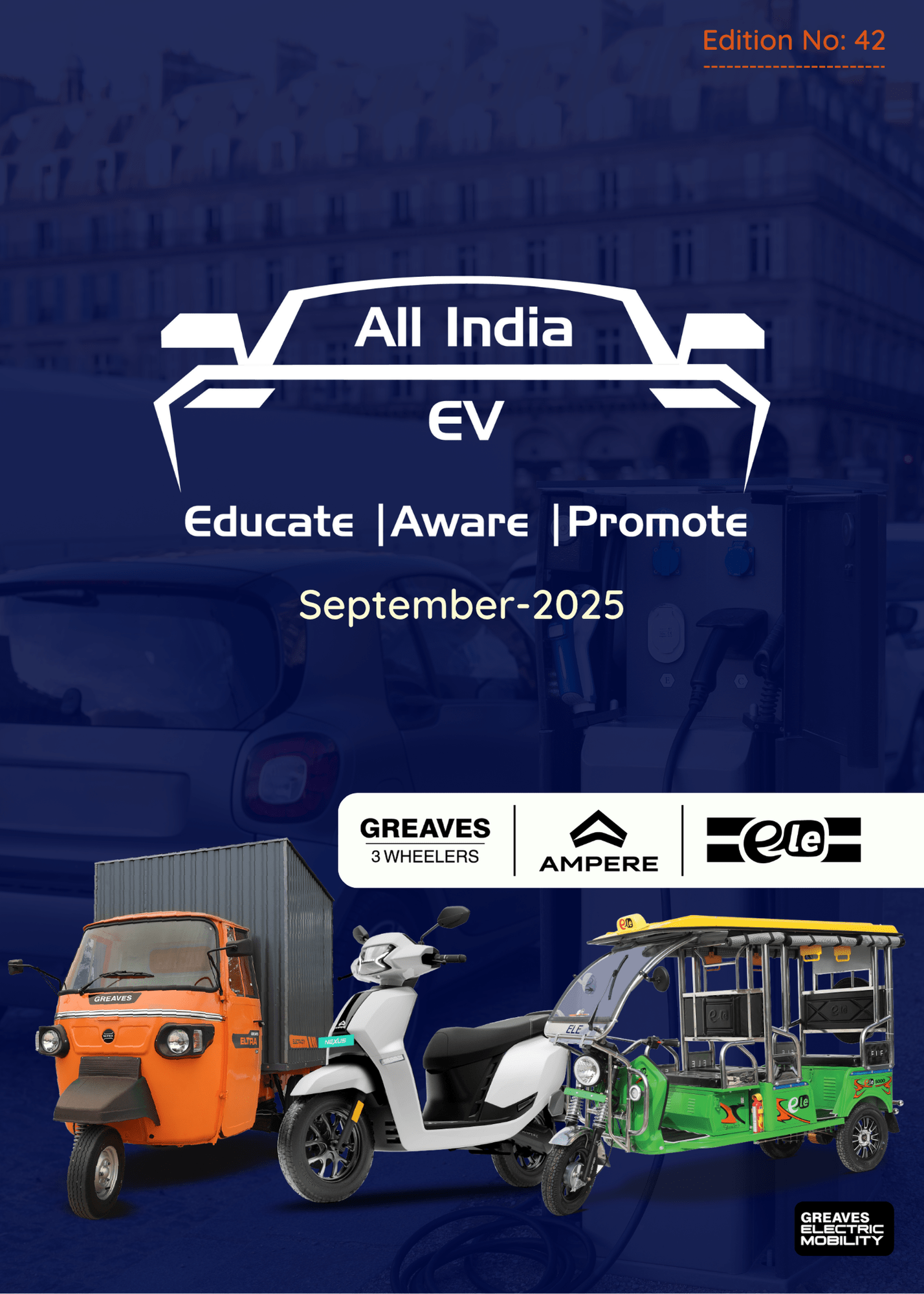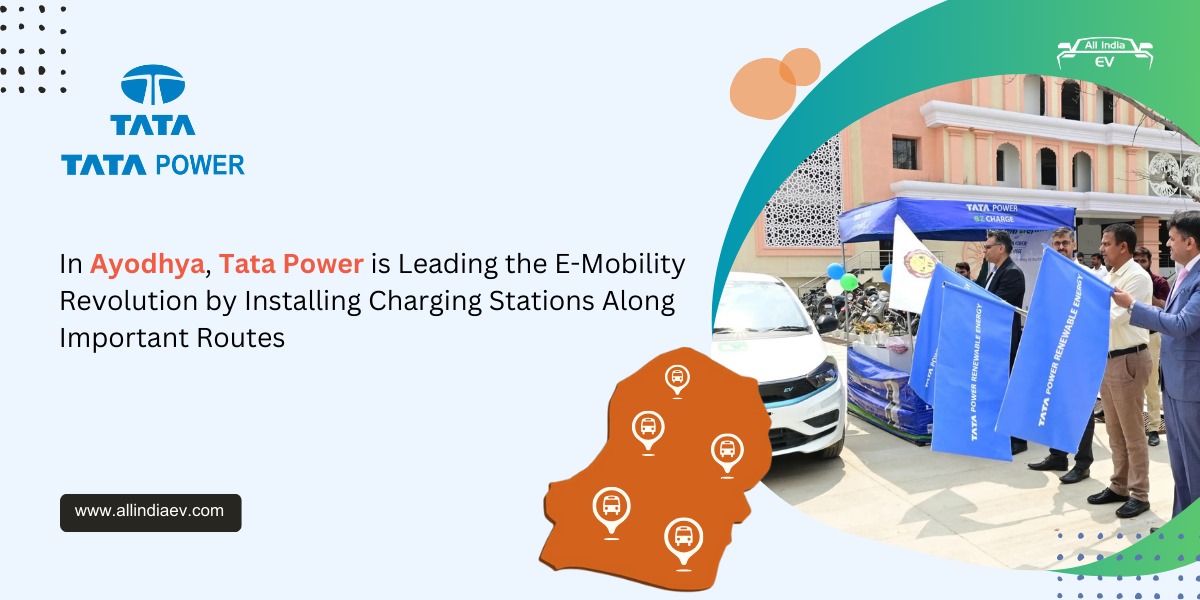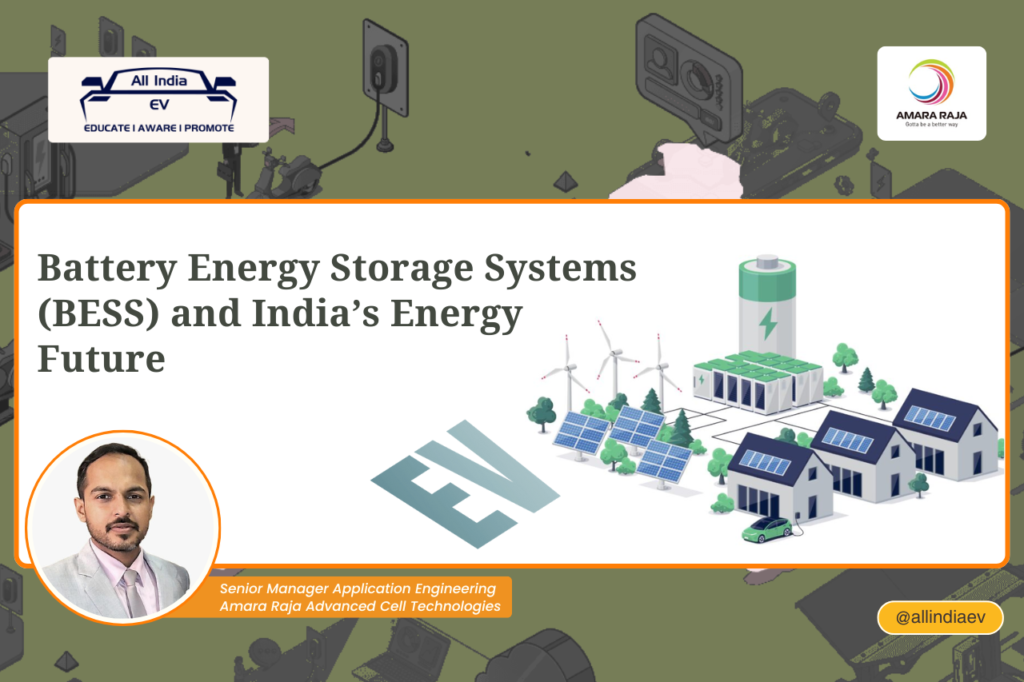
India’s clean energy transition is accelerating, with ambitious goals of achieving 50% non-fossil installed capacity by 2030. This vision cannot succeed without large-scale energy storage. Battery Energy Storage Systems (BESS) provide the crucial flexibility: they capture excess solar and wind power when available and release it when needed.
This article explores India’s BESS ecosystem – tracing its history, present status, and outlook till 2035 – across the full value chain: from raw materials to manufacturing, skills, applications, policies, and the role of digitalization and AI. It also highlights Indian companies and startups, with a special focus on Amara Raja, as the nation gears up to build a world-class battery industry.
1. The Evolution of Energy Storage
- Early Era: India’s first large-scale storage was pumped hydro (≈6.4 GW installed; ~61 GW potential). For decades, lead–acid batteries dominated in telecom, UPS, and small solar applications.
- Global Breakthrough: The 1990s brought lithium-ion batteries (Li-ion), initially for consumer electronics and later EVs.
- Today: With prices down nearly 90% in the last decade, Li-ion now underpins both EVs and stationary BESS. Utility-scale projects like the 20 MW/40 MWh Delhi system (2025) supply 4-hour backup for ~12,000 homes.
- Tomorrow: Flow, sodium-ion, and solid-state batteries are emerging for long-duration storage, but Li-ion will remain dominant through 2035.
2. Technologies in Use
| Battery Type | Energy Density | Cycle Life | Cost (₹/kWh) | Applications |
| Lithium-ion (LiB) | 150–250 Wh/kg | 3,000–5,000+ | 15k–20k | Grid BESS, EVs, Hybrid RE |
| Lead–Acid | 30–40 Wh/kg | 500–1,000 | 6k–8k | UPS, Telecom, Legacy solar |
| Flow (Vanadium) | 15–35 Wh/L | >10,000 | 25k–30k | Utility-scale, Long-duration |
| Sodium (Na-ion/NaS) | ~100–150 Wh/kg | 3,000–5,000 | 10k–12k | Emerging; abundant sodium |
Key Trend: **Li-ion holds 63% share of India’s BESS market **, but sodium-ion and flow may gain ground for longer-duration needs.
3. The BESS Value Chain
a) Raw Materials & Sourcing
- Imports: India imports ~80% of Li-ion cells, mainly from China.
- Domestic Reserves: Lithium reserves in Rajasthan & J&K could meet ~80% of national demand.
- Recycling: 2022–23 Battery Waste Rules mandate 70–90% recovery, creating a circular economy.
b) Manufacturing
- PLI Scheme (ACC): ₹18,100 Cr incentives for 50 GWh capacity.
- Gigafactories: Reliance, Ola, Amara Raja, Exide, Tata building multi-GWh plants.
- Example – Amara Raja: ₹9,500 Cr Telangana gigafactory (16 GWh cells, 5 GWh packs); Phase-1 (2 GWh cells, 5 GWh packs) underway.
c) Skills & Tools
- Dry rooms, electrode coaters, formation testers, and AI-enabled BMS testbeds.
- Training programs at IITs and private centres to skill technicians.
4. Applications of BESS
- Grid Balancing: Shifting solar output to evening peak; frequency/voltage support.
- Hybrid Plants: RE + storage for “round-the-clock” renewable power.
- C&I Sector: Peak shaving, UPS for hospitals, data centres, telecom towers.
- EV Charging: Stationary BESS buffers fast-charging hubs.
- Off-grid & Microgrids: Solar + storage villages in UP/Bihar cut diesel use by ~60% with AI control.
5. Industry, Startups & Case Studies
- Amara Raja: Transitioning from lead–acid to Li-ion. Partnered with Gotion and InoBat (Slovakia) for LFP/NMC cell tech
- Exide: 4 GWh Li-ion plant (expandable to 12 GWh) and global tie-ups (SVolt)
- Tata Group: Pilots in cells and large-scale BESS with NTPC.
- Startups:
- Log9 Materials – fast-charging Li-ion packs, scaling to 1 GWh
- GODI India – NMC811 cells, 275 Wh/kg
- Nsure – 1 GWh LFP plant
- Ampere Hour Energy – containerized BESS solutions.
Case Study: Delhi BESS (20 MW/40 MWh) – reduced power cost ~55% and provided reliable supply to low-income consumers.
6. Policies & Regulation
- PLI-ACC (2021): Incentives for 50 GWh domestic capacity.
- National ESS Framework (2023): Official recognition of storage as infrastructure.
- Energy Storage Obligations: Storage included in RPOs.
- Viability Gap Funding: 20–40% subsidy for 4 GWh projects.
- Transmission Waiver (2025): No ISTS charges for storage-dispatched energy.
7. Digitalization & AI
- Smart BMS: AI-based algorithms optimize charge/discharge, extending life.
- Predictive Maintenance: Digital twins forecast failures, cut downtime.
- Energy Forecasting: ML predicts solar/wind output for better dispatch.
- Microgrids: AI-led scheduling reduced diesel use by ~60%.
- Blockchain & IoT: Enable peer-to-peer energy trades and fast-response markets.
8. Outlook to 2035
- Capacity Growth: From ~1 GWh today to 50–100 GW by 2035.
- Technologies: Solid-state Li, sodium-ion, hydrogen integration.
- Economics: BESS tariffs approaching gas peaker parity (~₹5/kWh).
- Industry Role: Indian firms (Amara Raja, Exide, Tata) becoming global exporters.
- Workforce: Thousands of trained engineers in cell design, AI-enabled operations.
Conclusion
Battery Energy Storage is the linchpin of India’s renewable future. From raw material security to AI-driven smart grids, every element of the ecosystem is evolving. With Amara Raja and startups at the forefront, and strong policy support, India is poised not just to adopt but to lead the global BESS revolution by 2035.


